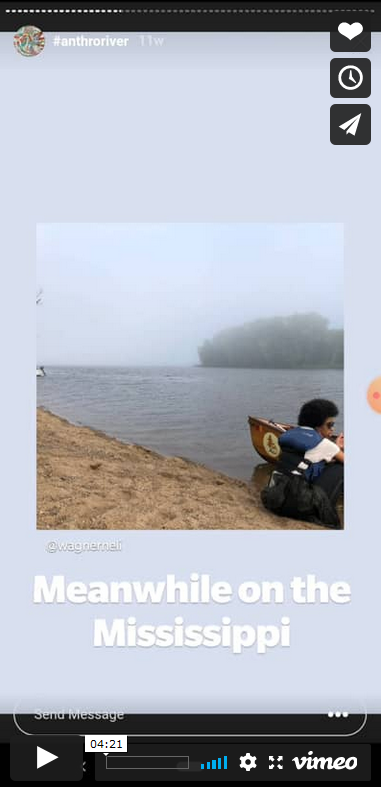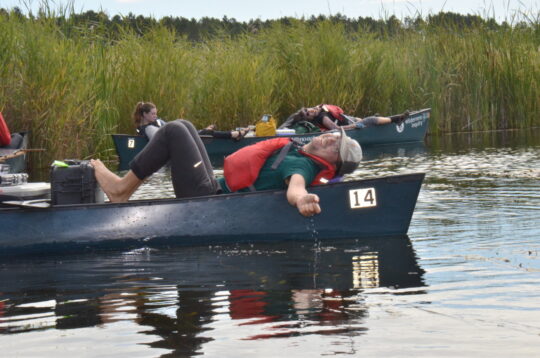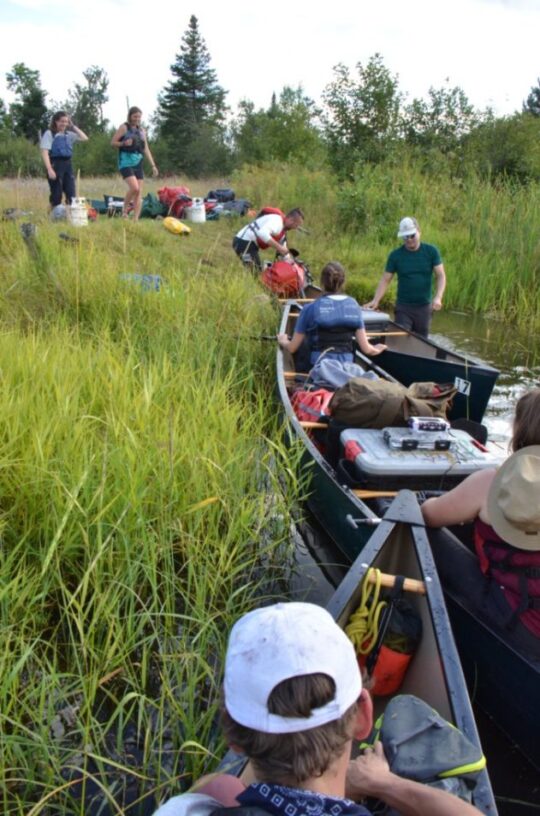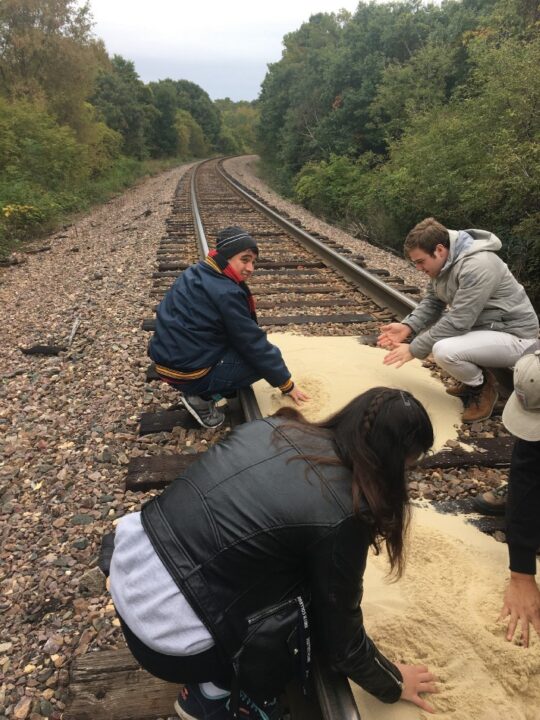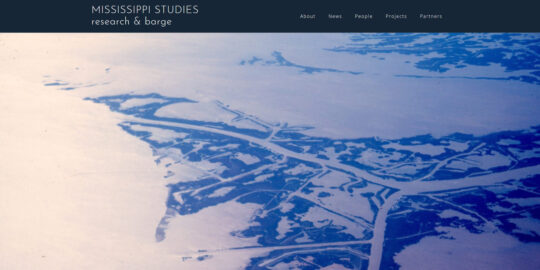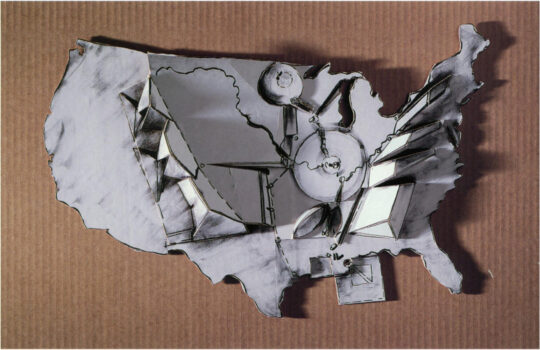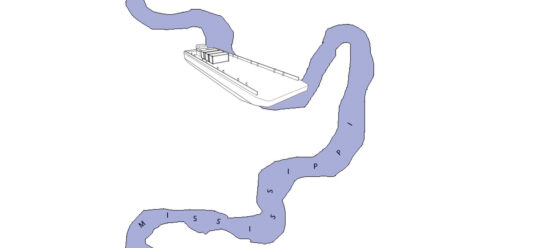(Written as an introduction to the Anthropocene Film Residency. Read more about the project on the Anthropocene Curriculum website.) 1 Looking down on St. Anthony Falls from the walls of the lock and dam infrastructure, one can marvel at this feat of technical engineering. The river runs over an artificial concrete platform creating the Falls.
Tagmississippi
November 23, 2019 – It’s a wrap. A three month long canoe paddle down the Mississippi River from headwaters to the Gulf to research its anthropogenic history. https://anthropocene-curriculum.org/project/mississippi/anthropocene-river-journey Mississippi. An Anthropocene River makes the iconic landscape of the Mississippi River Valley legible as a critical zone of habitation and long-term interaction between humans and the
Data Sensing the Mississippi (proposal)
https://github.com/jkim5/miss-canoe The Anthropocene highlights limitations in existing frameworksfor data collection and analysis with the suggestion that researchers have run up against the limits of the knowable. This has been revealed in a number of ways: an inadequacy in existing techniques to analyze a changing and uncertain future, challenges to the way in which researchers frame
Mississippi. An Anthropocene River explores the vast but patchy area
of the Mississippi in its changing spatio-temporal formations. Its aim
is to open up this landscape to a larger public and make it legible as a critical zone of habitation and long-term interaction between humans and the environment.
Mississippi Studies
We propose an ACM Planning Meeting on Mississippi Studies to build faculty interest and develop infrastructure on Mississippi Studies, a new research initiative to encourage intercollegiate collaboration on publicly engaged projects that center on the Mississippi River watershed and its inhabitants. The goal of Mississippi Studies is to re-imagine the river and its tributaries as
The Fourth Coast: An Expedition on the Mississippi River: 8 June – 22 July 1990by Catherine R. Brown and William R. Morrish
The Mississippi River cuts through regions that define Americans today: North and South, urban and rural, Red and Blue. These categories have divided us and are the source of ongoing antagonism and conflict. In order to heal these divisions we must think and work across cultural, municipal and regional boundaries, developing ideas that connect us
